History of truffle growing and truffle traditions
Born "between the rains of the two virgins" the truffle is today an integral part of the heritage of our beautiful traditional French agriculture.
We tell you here the history of truffle growing, punctuated by some amusing anecdotes. Over the centuries, truffles have fuelled as many desires as fantasies and inspired many different beliefs. The first traces of the recognition of the irresistible organoleptic qualities of the truffle can be found on Sumerian clay tablets. They tell of the use of truffles by the cooks of the Pharaoh Khufu to entice foreign ambassadors. Subsequently, the Greek philosophers of the time before Christ already mentioned the magical and mysterious aspects of the genesis of truffles in their texts. They would refer to the interaction of water, earth and lightning to explain the irresistible seductive power of the noble tuber. Later, in the Middle Ages, obscurantism, the truffle was the work of the evil one and the burnt one was the work of the witches’ dance. It was later, during the Renaissance, that the court of François I brought the gastronomic use of the tuber melanosporum back into fashion. It was recognized as having many virtues, including that of acting as a love potion. The texts do not say whether this proved effective…
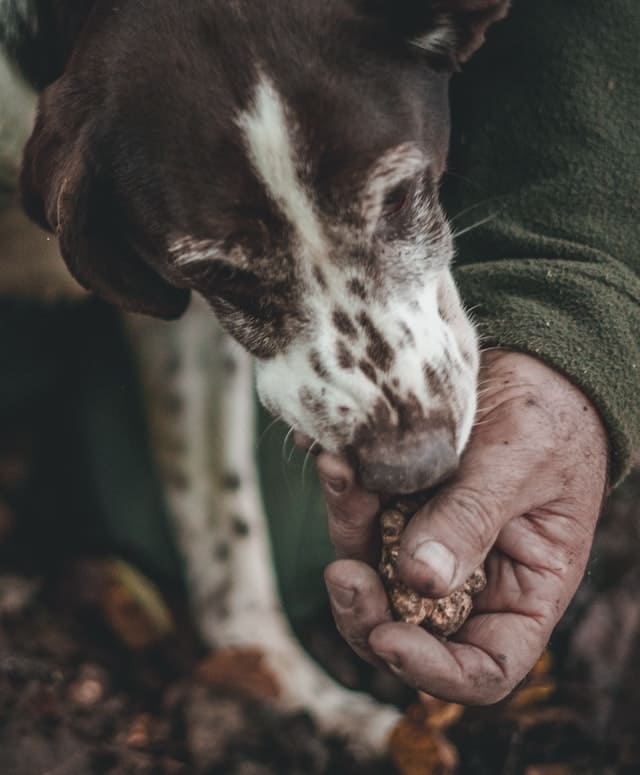
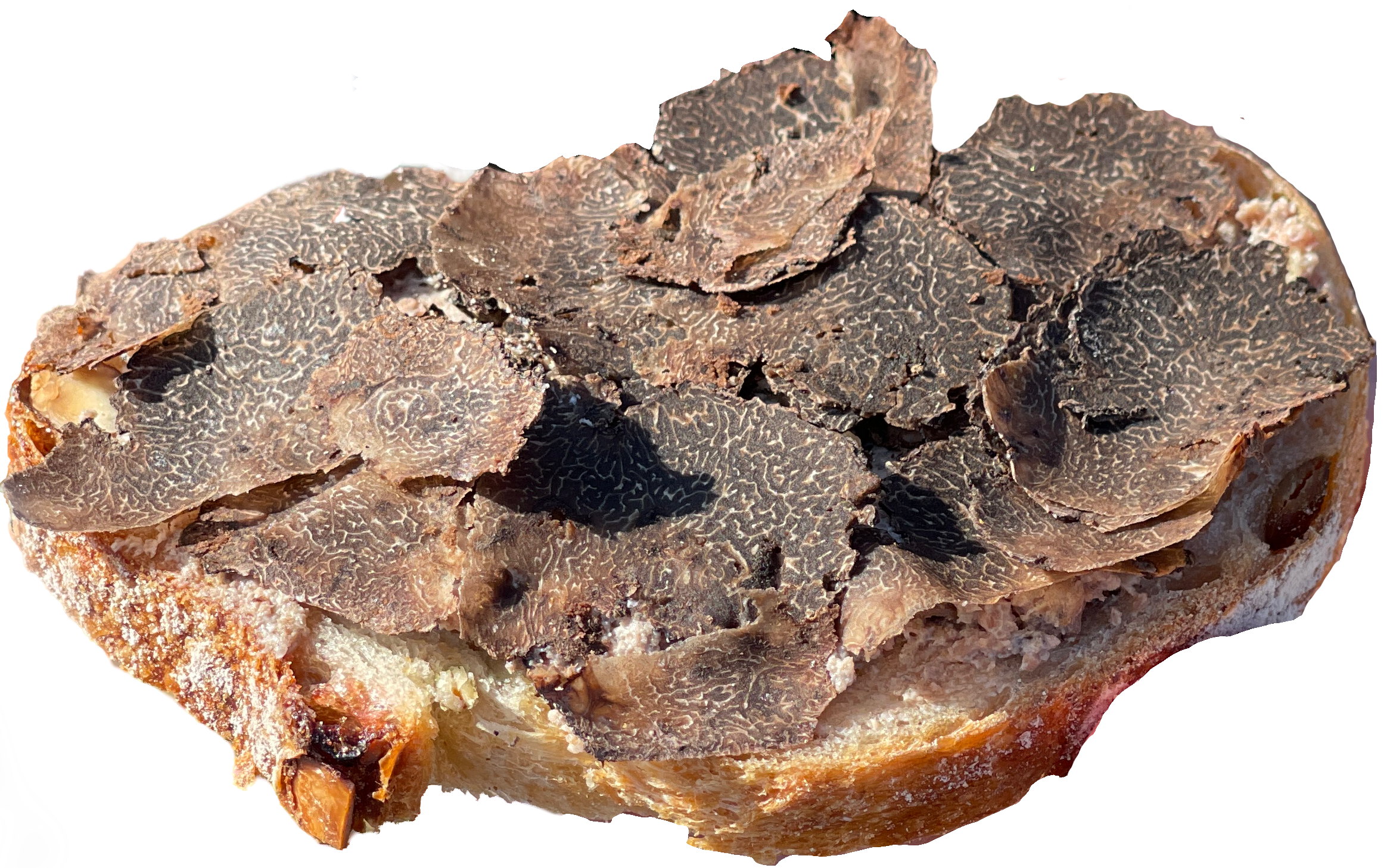
Looking for Fresh Truffles ?
Touch the Tartine !
And what about the more recent history of truffle growing?
Nevertheless, if we look at its more recent history, we can see that since the beginnings of the domestication of truffle cultivation by Joseph Talon in the 19th century, the history of truffle cultivation in France has been far from being a long quiet river.
At the beginning of the last century, production exceeded 1,000 tonnes, while today it has stabilised at around 50 tonnes per year. The reasons for this cataclysm are diverse:
- The two world wars having moved the rabassiers and cellarers away from their truffle fields
- The oral tradition and the cult of secrecy did not allow for an efficient inter-generational transmission
- The mistrust between the traditional rural world and the scientific world, which has not allowed for an efficient modernisation of cultivation techniques, thus posing problems of profitability
- The rural exodus
This is the challenge of Les Caveurs: to contribute to restoring French truffle growing to its former glory by encouraging the maintenance and extension of truffle growing. This is why Les Caveurs allocate 10% of their profits each year to the planting of mycorrhizal oaks in the truffle fields of our partners who defend our truffle roots.
And this is good news, because the demand for French premium melanosporum is constantly growing, being today 10 times higher than the supply. This explains its price, but we’ll tell you about that in one of our next articles.
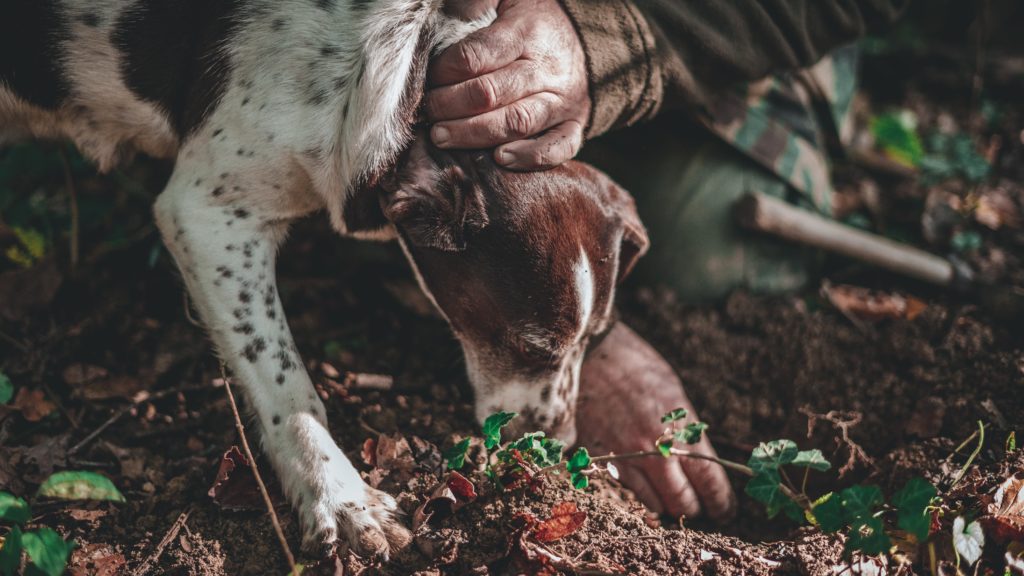
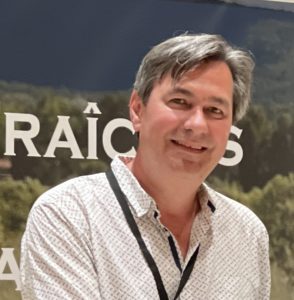
Christoph Langer
@lescaveurs • Sourcing, R&D
The neo-expert: passionate about the truffle in general and the French truffle in particular, its terroir, its world, its preservation and its potential
Crédit Photo by Andrea Cairone on Unsplash
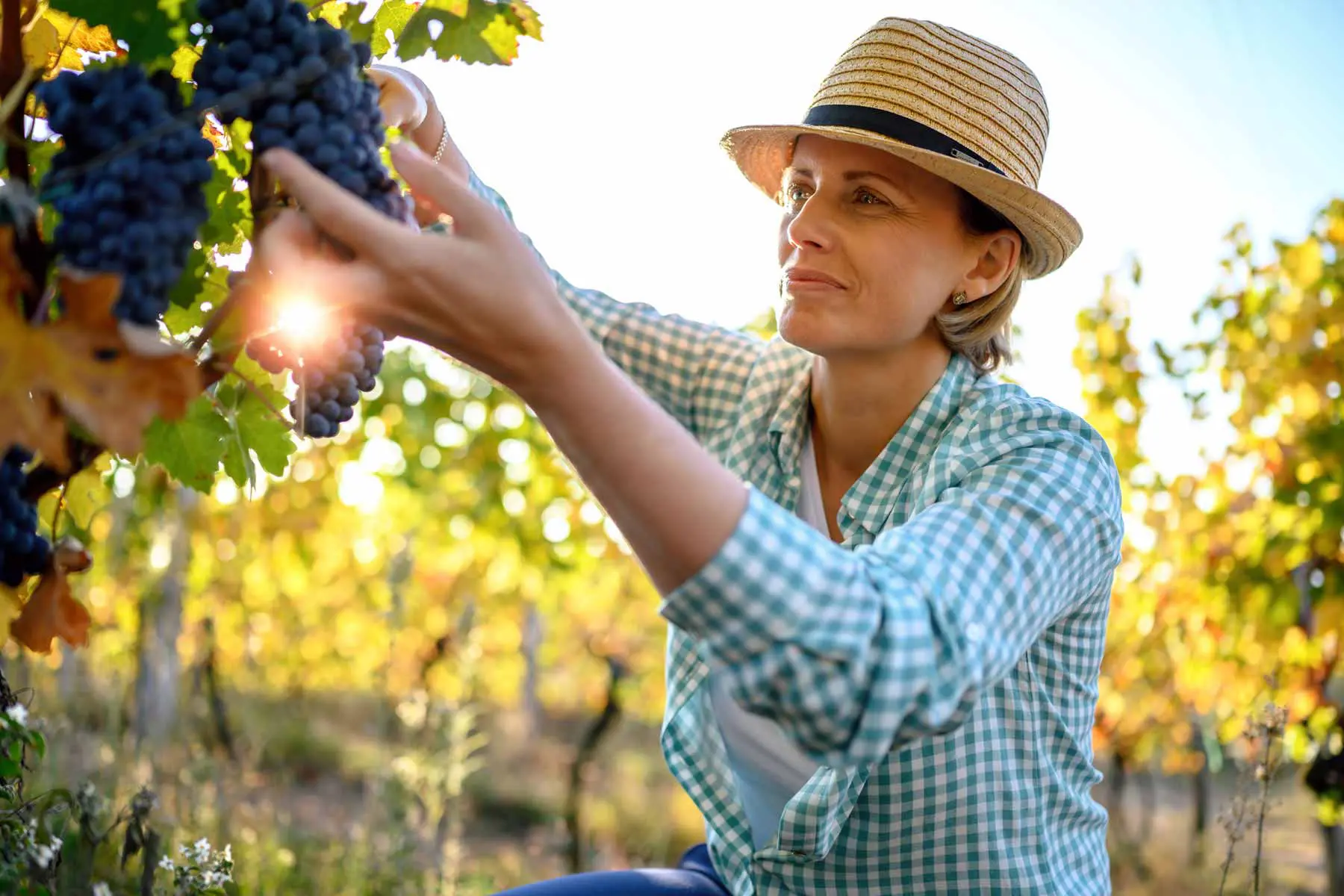
Katerina Monroe
@katerinam • More Posts by Katerina
Congratulations on the award, it's well deserved! You guys definitely know what you're doing. Looking forward to my next visit to the winery!
